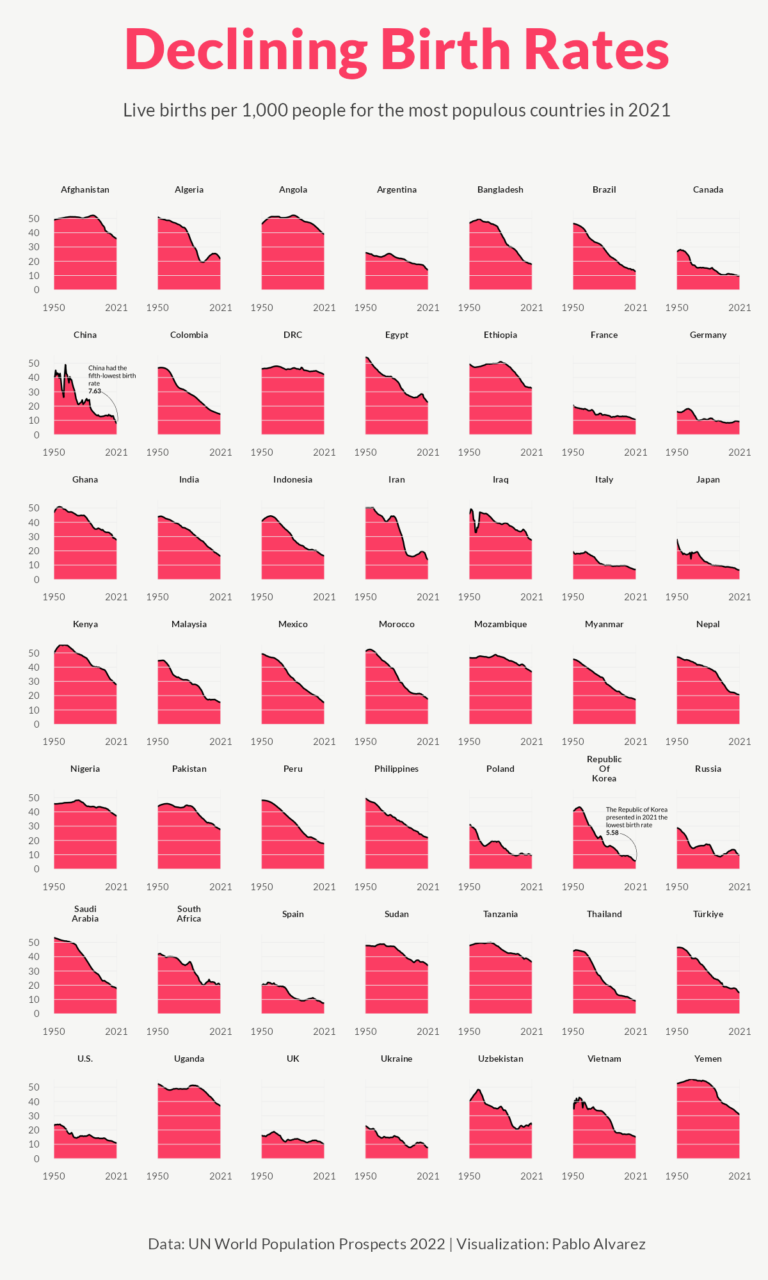
The world has experienced a substantial and swift decrease in worldwide birth rates in recent decades.

This occurrence holds significant consequences for communities, financial systems, and the future of our planet.
Factors Influencing the Decline
Global birth rates decline due to changing societal norms, with traditional family structures giving way to smaller families or childlessness. This shift is led by urbanization, better education, and gender equality.
Economic progress raises child-rearing expenses, prompting individuals to have fewer or delayed family plans.
Education and family planning help people make informed decisions about contraception, family size, and population growth.
Healthcare and child survival rates have improved, leading to lower birth rates and prioritizing quality of life over quantity.

Consequences of the Declining Birth Rates
Declining birth rates cause an aging population, leading to economic and social challenges. Healthcare, pension systems and labour sectors may struggle.
Smaller families change the support system, redefine caregiving roles and may need to adapt to new family models.
Fewer people can decrease consumer spending, labour and economic growth. However, it can have a positive impact on the environment.
A balance is needed between declining birth rates and a healthy population size for a thriving society.